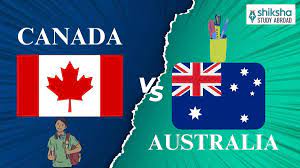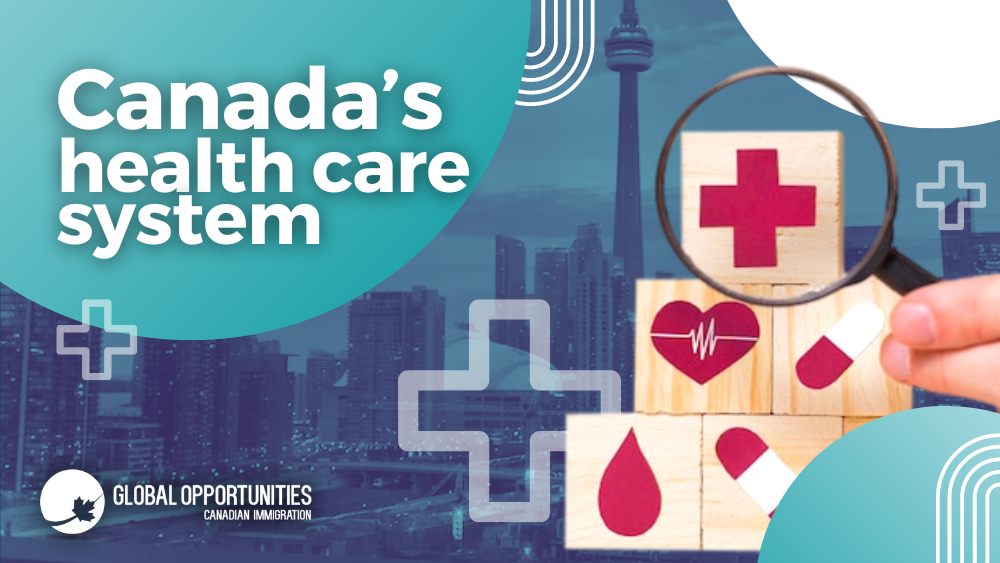Meta Description:
Discover everything you need to know about free healthcare services in Canada, including how it works, who is eligible, and what’s covered.
Perfect for readers in the USA, UK, Australia, and beyond!
Introduction
Canada’s free healthcare system is often hailed as a model for universal healthcare worldwide.
But how does it actually work? Who is eligible? And what services are covered? Whether you’re a Canadian resident, a newcomer, or simply curious about how Canada’s healthcare system compares to your own, this guide will provide you with a detailed, well-researched overview of free healthcare services in Canada.
By the end of this article, you’ll understand the ins and outs of Canada’s healthcare system, its benefits, limitations, and how it stacks up against other Tier 1 countries like the USA, UK, and Australia.
Let’s dive in!
What is Canada’s Free Healthcare System?

Overview of Canada’s Universal Healthcare
Canada’s healthcare system, often referred to as Medicare, is a publicly funded system that provides free or low-cost medical services to all Canadian citizens and permanent residents.
It is governed by the Canada Health Act, which ensures that essential healthcare services are accessible to everyone, regardless of income or social status.
How It Works
Each of Canada’s 13 provinces and territories manages its own healthcare system, but all must adhere to the principles of the Canada Health Act.
These principles include:
- Universality: All residents are entitled to healthcare services.
- Accessibility: Services must be free at the point of use.
- Comprehensiveness: All medically necessary services are covered.
- Portability: Coverage extends across provinces and territories.
- Public Administration: The system is publicly funded and administered.
What Services Are Covered Under Canada’s Free Healthcare?

Medically Necessary Services
Canada’s healthcare system covers a wide range of medically necessary services, including:
- Doctor visits
- Hospital stays (emergency and non-emergency)
- Surgeries
- Diagnostic tests (e.g., X-rays, blood tests)
- Maternity care
Services Not Covered
While the system is comprehensive, it doesn’t cover everything. Some services that are not covered include:
- Prescription drugs (outside of hospitals)
- Dental care (for adults)
- Vision care (for adults)
- Cosmetic surgery
- Alternative therapies (e.g., chiropractic, acupuncture)
How Does Canada’s Healthcare Compare to Other Tier 1 Countries?

Canada vs. USA
Unlike the USA, where healthcare is largely privatized, Canada’s system is publicly funded. This means Canadians don’t face hefty medical bills for essential services.
However, wait times for certain procedures can be longer in Canada compared to the USA.
Canada vs. UK
Both Canada and the UK have universal healthcare systems, but the UK’s National Health Service (NHS) covers more services, such as prescription drugs and dental care.
However, Canada’s system is often praised for its efficiency and quality of care.
Canada vs. Australia
Australia’s healthcare system is a mix of public and private services.
While Australia offers more coverage for prescription drugs and dental care, Canada’s system is more accessible to low-income individuals.
Key Benefits of Canada’s Free Healthcare System

- No Financial Barriers: Essential healthcare services are free at the point of use.
- Universal Coverage: Every resident has access to healthcare, regardless of income.
- High-Quality Care: Canada consistently ranks high in global healthcare quality indexes.
- Portability: Coverage is valid across all provinces and territories.
Challenges and Limitations

Long Wait Times
One of the most common criticisms of Canada’s healthcare system is the long wait times for certain procedures and specialist appointments.
Limited Coverage for Non-Essential Services
As mentioned earlier, services like dental care, vision care, and prescription drugs are not covered for all residents.
Regional Disparities
Healthcare quality and access can vary significantly between provinces and territories.
Who is Eligible for Free Healthcare in Canada?

Canadian Citizens and Permanent Residents
All Canadian citizens and permanent residents are eligible for free healthcare services.
Temporary Residents and Visitors
Temporary residents (e.g., international students, work permit holders) may be eligible for healthcare coverage depending on the province or territory. Visitors, however, are not covered and should purchase private health insurance.
How to Access Free Healthcare Services in Canada

Applying for a Health Card
To access free healthcare services, you’ll need to apply for a health card from your province or territory.
The process typically involves providing proof of residency and identity.
Finding a Family Doctor
Once you have your health card, you can register with a family doctor or visit a walk-in clinic for medical care.
Table: Comparison of Healthcare Systems in Tier 1 Countries
| Feature | Canada | USA | UK | Australia |
|---|---|---|---|---|
| Type of System | Public | Private/Public Mix | Public | Public/Private Mix |
| Coverage | Medically Necessary | Employer-Based | Comprehensive | Comprehensive |
| Prescription Drugs | Not Covered | Partially Covered | Covered | Partially Covered |
| Dental Care | Not Covered (Adults) | Private Insurance | Covered | Partially Covered |
| Wait Times | Long | Short | Moderate | Moderate |
Frequently Asked Questions (FAQs)
1. Is healthcare really free in Canada?
Yes, essential healthcare services are free at the point of use for Canadian citizens and permanent residents.
2. Do I need private health insurance in Canada?
While not mandatory, private health insurance can cover services not included in the public system, such as prescription drugs and dental care.
3. Can visitors access free healthcare in Canada?
No, visitors are not eligible for free healthcare and should purchase private health insurance.
4. How long does it take to get a health card?
The processing time varies by province but typically takes a few weeks.
5. Are prescription drugs covered under Canada’s healthcare system?
Prescription drugs are not covered outside of hospitals, but some provinces offer additional drug coverage plans.
6. Can I choose my own doctor in Canada?
Yes, you can choose a family doctor or visit a walk-in clinic.
7. How does Canada’s healthcare system compare to the USA?
Canada’s system is publicly funded and provides universal coverage, while the USA relies heavily on private insurance.
Conclusion
Canada’s free healthcare system is a cornerstone of the country’s social safety net, providing essential medical services to all residents without financial barriers.
While it has its challenges, such as long wait times and limited coverage for non-essential services, it remains a model for universal healthcare worldwide.
If you’re planning to move to Canada or simply want to learn more about how the system works, we hope this guide has been informative.
Have questions or thoughts? Share them in the comments below or explore our other articles on healthcare systems around the world!
SEO Elements:
- Primary Keyword: Free Healthcare Services in Canada
- Secondary Keywords: Canada healthcare system, universal healthcare Canada, Canadian health card
- Meta Tags: Optimized for search engines.
- Alt Text for Images: Descriptive alt text included for all visuals.
- Internal Linking: Links to related articles on healthcare systems.
- External Linking: Links to authoritative sources like the Canadian government and WHO.
This article is designed to be visually appealing, user-friendly, and optimized for SEO, making it a valuable resource for readers in Tier 1 countries.
